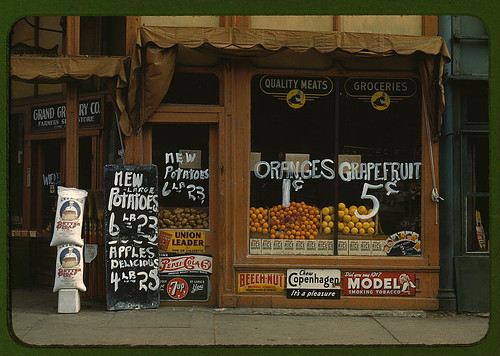Andy Rutledge exposes the flaws of an established design conventions—the 3 column layout. The layout is typically identified by a wide center column with 2 flanking narrow sidebar, and it can be found on some of the largest and most popular sites, including Amazon.com and Apple.com. Rutledge points out the limitations and inefficiencies of this layout:
- Symmetry is usually detrimental to content hierarchy
- Symmetry diminishes viewer interest
- Having 2 sidebars, one on either side, defeats the purpose of sidebar content
- It requires that site visitors first learn (and perhaps relearn from page to page) where to look for a particular sort of ancillary information or links
- Often results in far too much ancillary information on the page
- The particular sort of visual noise generated by the 2 bracketing sidebars diminishes, rather than enhances, user/reader focus on the main content
Rutledge challenges designers to really think about their given problems and design for them; to challenge what has become conventional. The point is clear for any project. Context helps to give shape to solutions. Solutions should emerge by directly addressing the context of the problem, the nature of information use relative to the problem, and the information seeking behaviors of users relative to that problem. If contexts such as these are the focus of design discussions, rather than finding conventions or technologies to implement as a solution, we will be less likely to churn out cookie cutter projects, but will serve user needs more effectively.
http://www.andyrutledge.com/bad-layout-conventions.php
